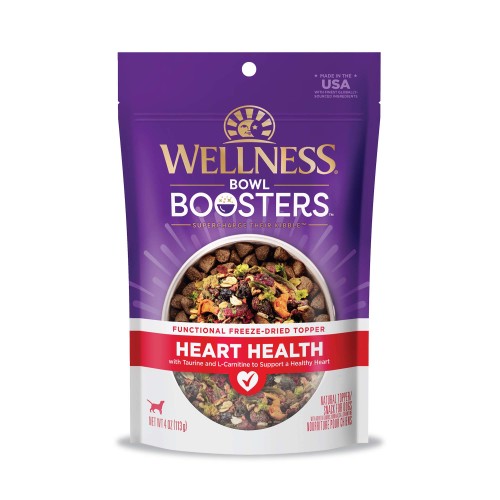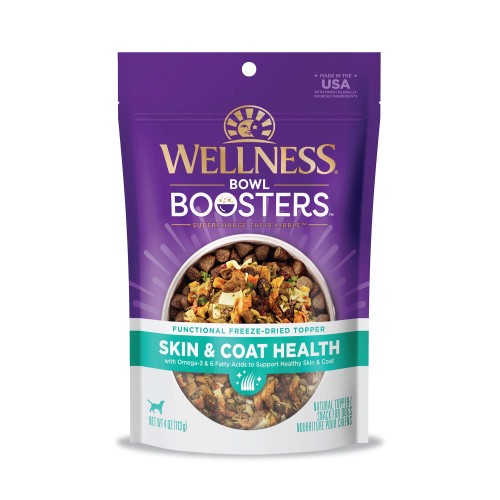April 25, 2022
What Vaccines Does My Cat Need?
Vaccines are a regular part of feline healthcare that need to be attended to in order for your cat to stay well; however, there are many different kinds of cat vaccines. Some are core and are considered vital while others are non-core and are—while important—not always necessary. Thus, many cat owners have the question: what vaccines do cats need? Here we cover the different vaccines cats need, what the vaccines do, and when cats need them according to the American Association of Feline Practitioners.
FVRCP AKA Distemper (Core Cat Vaccine)
FVRCP is three core vaccines rolled into one injection administered when your cat is a kitten to boost active immunity. These vaccines help protect your kitten against potentially fatal diseases and infections and should be boosted throughout your cat’s life.
Broken down, FVRCP vaccine covers the following:
- FPV vaccine is administered to treat feline panleukopenia, which is a highly-infectious disease that is fatal to kittens if contracted. The virus destroys white blood cells. Symptoms of this virus are low energy, poor appetite, and later vomiting and diarrhea.
- FCV vaccine covers feline calcivirus. Feline calcivirus pertains to a plethora of viral strains that cause upper respiratory infection. It’s also connected with gingivitis and stomatitis, which is a painful gum inflammation. Hair loss, skin crusting, hepatitis, and death are also associated with this virus.
- FHV-1 vaccine is for the prevention of feline herpesvirus also known as rhinotracheitis and relates to severe respiratory infection. Symptoms of this virus are sneezing, congestion, runny nose, and conjunctivitis. Mouth sores and pneumonia can also occur. Once contracted, this virus can recur regardless of whether or not your kitten has been re-exposed.
Vaccine Schedule
This series of vaccines are delivered on a schedule starting when your cat is a kitten (ideally) and then boosted. The schedule for these cat vaccines is:
- Age 6-8 weeks
- Age 10-12 weeks
- Age 14-16 weeks
- Age 1 year (booster)
- Booster every three years after the initial series / booster
Side effects
Side effects for the FVRCP cat vaccine are rare. The most common are a slight fever and your cat feeling a little tired or different from usual. Sometimes, there’s swelling around the injection site. These side effects—if they occur—wear off quickly.
Serious reactions are rare and often show immediately after the vaccine is administered (sometimes, it can take up to 48 hours). These symptoms are:
- Hives
- Lip and eye swelling
- Itching
- Fever
- Diarrhea
- Vomiting
- Breathing issues
Any sign of these issues in your cat following a distemper vaccine should be treated as an emergency.
Rabies (Core Cat Vaccine)
Rabies is another core vaccine that’s required for cats. Rabies is usually fatal if contracted by an unvaccinated animal. Rabies is transmitted through saliva from an infected animal but can also be transmitted via scratches, cuts, and open wounds.
If your cat is unvaccinated and is bitten by a rabid animal, many states require your cat to be euthanized since it’s not possible to know without analyzing brain tissue if a living animal is rabid. Considering that rabies is almost always fatal in animals, euthanasia is a humane end of life option if your unvaccinated cat is bitten by an animal with rabies.
It is for this reason that prevention is vital regardless of the lifestyle your cat will lead and is often a legal requirement in most states.
Cat Vaccine schedule
The rabies vaccine is administered starting at age 14-16 weeks for kittens. After that, the vaccine is updated every year or 3 years depending on your state’s laws.
Side effects
Side effects for cats from the rabies vaccine are extremely rare. If they occur, they usually involve fever, laziness, poor appetite, and swelling at the vaccine site.
In extreme cases, allergic reaction can occur. This is evident in the form of facial swelling, itchiness, and hives. The most severe reactions involve weakness and collapse. These only transpire in fewer than 10 of 10,000 cats that are vaccinated.
FeLV (Non-Core Cat Vaccine)
The FeLV vaccine prevents against feline leukemia virus. This infection is shared like rabies—from one infected cat to a non-infected cat. FeLV is shared via saliva, urine, and feces. It can be shared through grooming practices or eating environments (same food bowls).
FeLV is an immune disorder that can increase your cat’s risk of other disease and that can weaken your cat’s immune response. The vaccine isn’t required, but it’s recommended for as part of the kitten vaccine series with a booster for adult cats. Getting the vaccine is considered optional for adult cats.
This is among the non-core vaccines that cats need; it’s determined based on the environment the cat is in and the other animals that the cat may be exposed to.
There are not many side-effects, but in the case of allergic reaction, cats with mild reactions may have:
- Hives
- Itchiness
- Red, swollen eyes, lips, and neck
- Mild fever
More severe and increasingly less common allergic reactions include breathing difficulties, weakness, diarrhea, vomiting, pale gums, and collapse.
Bordetella bronchiseptica (Non-Core Cat Vaccine)
Bordetella is an optional cat vaccine that is typically recommended at 16 weeks. This vaccine aims to prevent highly contagious respiratory infections that are common to cats.
Your cat’s lifestyle as well as the virus’s prominence among the feline community in your area will determine if your vet recommends this vaccine.
Side effects of this vaccine may include sneezing, but this will subside in a few days. Any other side effects should be reported.
Chlamydophila felis (Non-Core Cat Vaccine)
The chlamydia felis is a bacterial conjunctivitis that presents in a cat’s eyes or nose or throat; left untreated, it can spread to the lungs. This bacterium is considered to be a threat to cats in multi-cat homes with a history of infection are at risk; cats that have been in shelters may have also been exposed.
Cats can be vaccinated as early as 8 weeks for this bacterium; cats need annual boosters to help prevent it. Vaccination risks for feline chlamydia are minimal and include slight fever, decreased appetite, injection site swelling, and lethargy. The symptoms should only last a few days if they present at all.
Given that cat vaccines both core and non-core are low-risk, it’s important to make sure that your cat is vaccinated at the appropriate time against all potential ailments. Prevention is a critical component to ensuring your cat lives a long and healthy life. To learn more about what vaccines do cats need—especially your cat—ask your vet. Ask why your cat needs certain vaccines and what the risks are.
Cat vaccines are a vital part of your cat’s lifelong health. Equally important is a healthy diet comprised of protein, vitamins, minerals, and aminos. Full nutrition in food such as those made by Wellness Pet Food helps your cat’s immune system stay strong and healthy.





